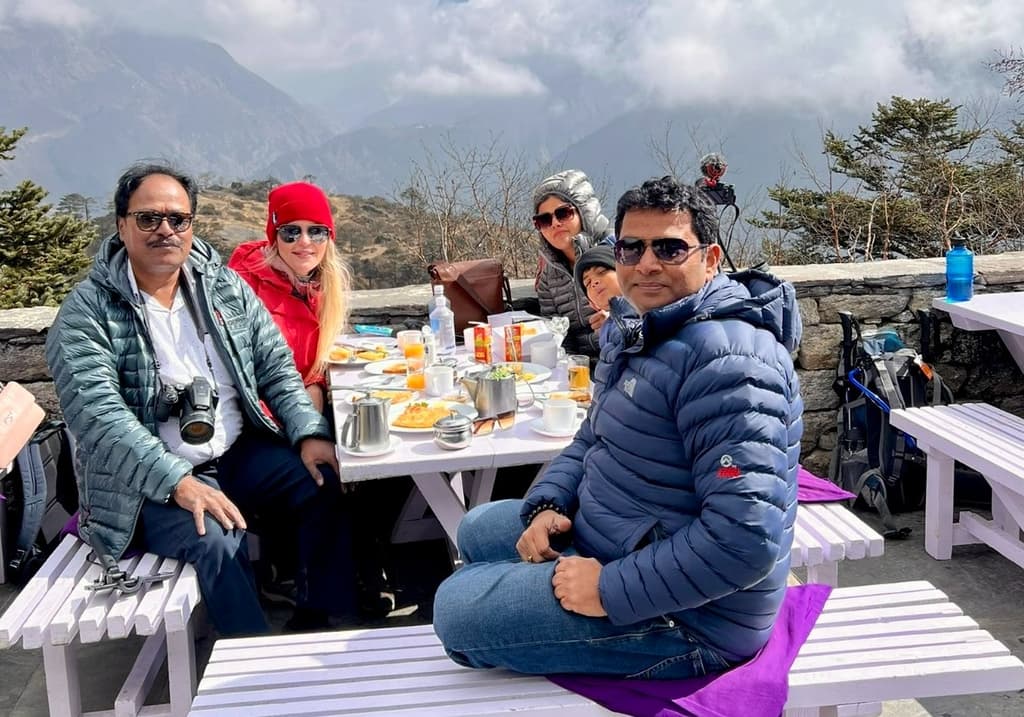Have you ever dreamed of standing in the shadow of the world's tallest mountain, breathing in the crisp Himalayan air, but hesitated because you weren't sure when to go, or worried about sacrificing comfort for adventure? The journey to Everest Base Camp is one of life's most extraordinary experiences, but timing is everything when planning this epic trek. Unlike unnecessary travel challenges that can derail your dream expedition, choosing the optimal season for your Everest adventure is essential for ensuring both breathtaking views and maximum comfort.
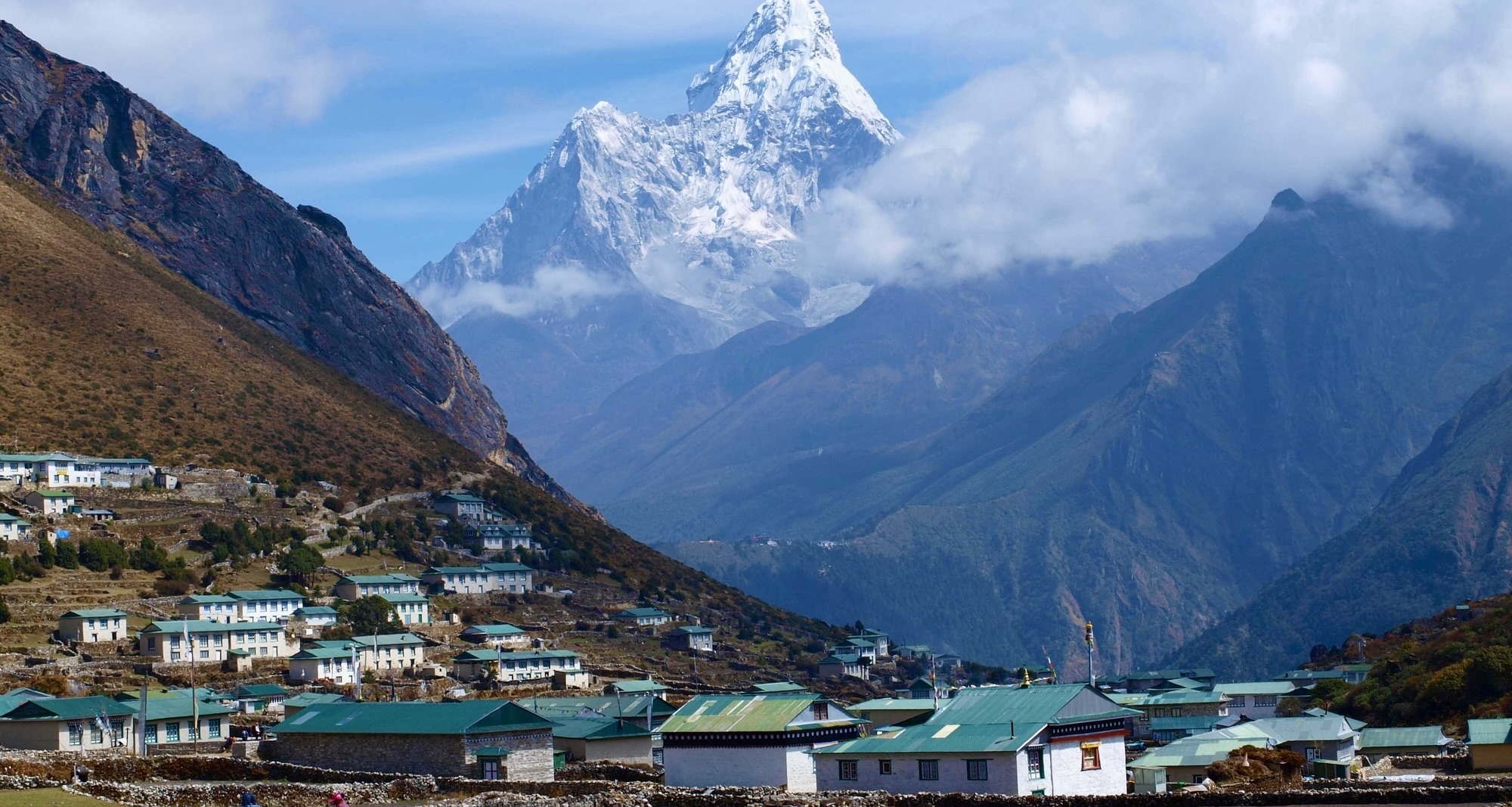
Luxury Holidays Nepal has perfected the art of combining the raw beauty of the Everest region with premium accommodations, gourmet meals, and expert guides, transforming what was once considered a rugged expedition into a bucket-list adventure that doesn't compromise on comfort. But even with the finest amenities, selecting the right time to embark on your journey can make the difference between clear mountain vistas and cloud-obscured peaks, between pleasant hiking conditions and challenging weather extremes. In this comprehensive guide, we'll explore the distinct seasons of the Everest region, compare the advantages of pre-monsoon versus post-monsoon treks, and share insider tips from our luxury trekking experts to help you plan the perfect Himalayan experience.
Understanding the Seasons of Everest Base Camp
Weather plays a critical role in shaping the Everest Base Camp trekking experience. As you journey from Lukla to an altitude of 5,364 meters, factors like temperature, precipitation, and visibility significantly impact your adventure. Each season presents unique conditions, challenges, and rewards for luxury trekkers.
Spring Season (March-May): Nature in Full Bloom
Spring transforms the Everest region into a spectacular display of natural beauty. March begins with chilly temperatures that gradually warm as the month progresses. By April, the landscape bursts with blooming rhododendrons and other alpine flowers, creating a colorful backdrop for your trek.
This season offers mild weather and excellent visibility, making it ideal for capturing breathtaking views of Mount Everest and surrounding peaks. The comfortable daytime temperatures allow for pleasant hiking conditions, while nights remain cool but manageable. May brings increasingly warm weather as the region transitions toward the monsoon season.
Spring's favorable conditions make it perfect for luxury trekkers seeking comfort alongside natural splendor. The moderate climate reduces the need for extreme cold-weather gear while still providing the quintessential Himalayan experience.
Summer and Monsoon (June-August): Challenges and Opportunities
The monsoon season presents the most challenging conditions for Everest Base Camp trekkers. Characterized by heavy rainfall, muddy trails, and limited visibility, this period is generally considered less favorable for trekking adventures.
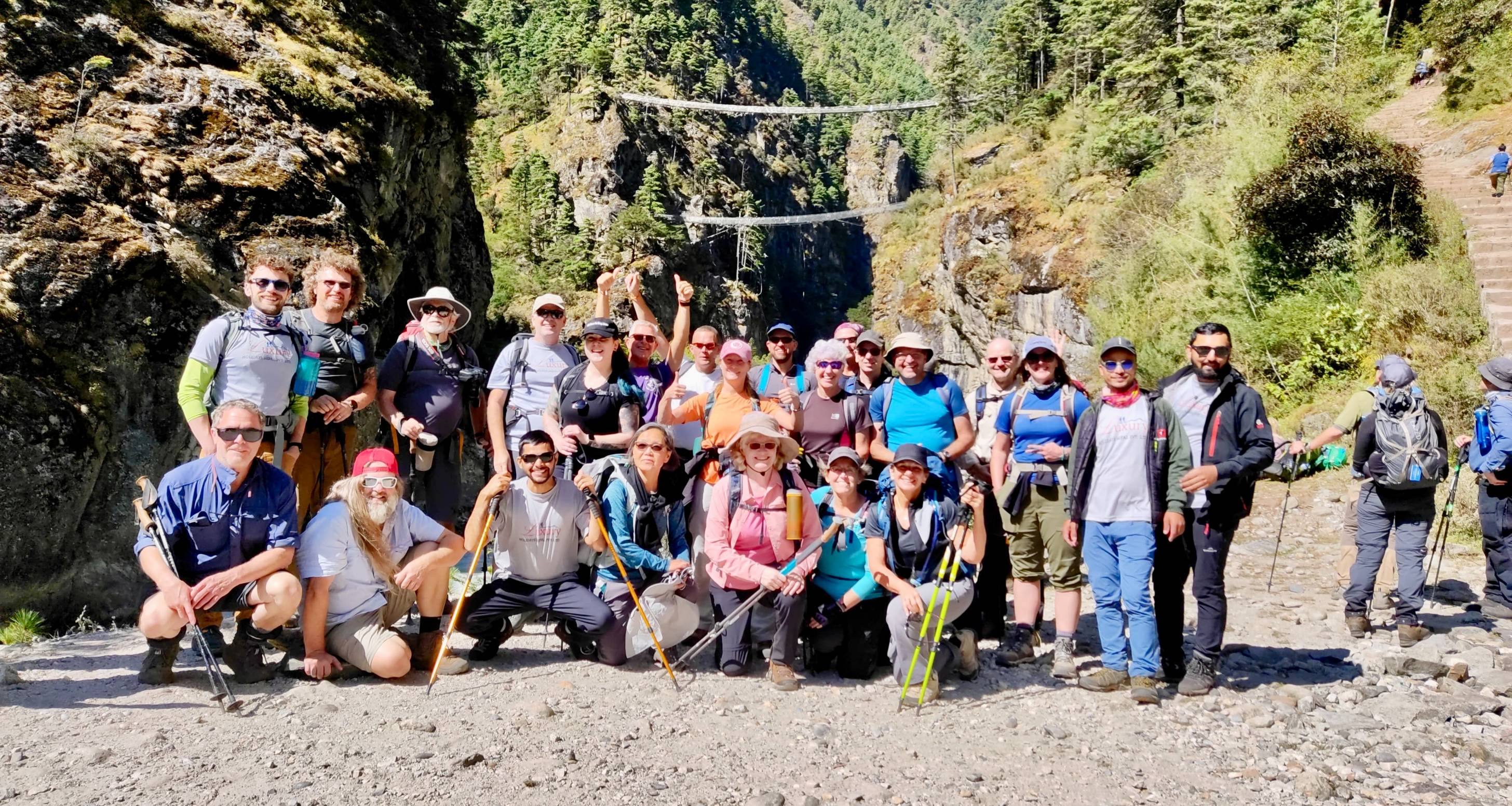
Flight disruptions to Lukla are common during this time, potentially affecting your travel schedule. The trails become slippery and leech-infested, requiring additional precautions. Cloud cover often obscures the magnificent mountain views that draw many to the region.
However, for the adventurous luxury traveler, this off-season period offers unique opportunities: fewer crowds on the trails, lush green landscapes, and the chance to experience the Himalayas in a different light. Luxury accommodations may offer special rates, and the quieter atmosphere provides a more intimate connection with the local culture.
Autumn Season (September-November): Clear Skies and Stable Weather
Autumn marks the peak trekking season in the Everest region, characterized by stable and dry weather conditions. September sees warm days as the monsoon concludes, with trails gradually drying and visibility improving.
October offers perhaps the most perfect conditions of the year, with crystal-clear views of the Himalayan panorama and comfortable temperatures. This popularity means trails can be crowded, but luxury trekkers benefit from pre-arranged accommodations that ensure comfort even during peak times.
November continues to provide sunny days, though nights become noticeably colder, necessitating proper thermal gear for evening comfort. The landscape takes on golden hues as vegetation prepares for winter, creating stunning photographic opportunities.
Winter Season (December-February): The Road Less Traveled
Winter presents the Everest region in its most raw and dramatic state. Temperatures drop significantly, especially at night, often plunging well below freezing at higher elevations. Strong winds are common, and snowfall can temporarily close certain sections of the trail.
Despite these challenges, winter offers unique advantages for luxury trekkers. The trails are virtually empty, providing a sense of solitude and personal connection with the mountains that's impossible during busier seasons. On clear days, the visibility is exceptional, with the crisp winter air offering some of the most spectacular mountain views possible.

Luxury accommodations during winter often feature enhanced heating options and specialized services to ensure guest comfort despite the harsh external conditions. Proper preparation is essential, with high-quality insulated clothing and equipment being non-negotiable requirements.
With this comprehensive understanding of Everest Base Camp's seasonal variations, we can now explore why the Pre-Monsoon Period has earned its reputation as the most popular time for luxury trekkers. This upcoming season offers a perfect balance of favorable conditions that maximize comfort while showcasing the region's natural splendor.
Pre-Monsoon Period: The Most Popular Time
Now that we've explored the various seasons of the Everest region, let's focus on the pre-monsoon period, widely regarded as the most popular time for the Everest Base Camp Luxury Trek. Spring, particularly April to May, attracts the highest number of trekkers for compelling reasons that enhance both comfort and experience.
April-May Weather Conditions: Perfect Trekking Climate
The spring season (March to May) offers stable weather patterns that create ideal trekking conditions. During April and May specifically, temperatures become moderate, making the journey more comfortable. This perfect climate balance means you won't struggle with extreme cold or heat, allowing you to fully appreciate the magnificence of the Himalayan landscapes. Luxury Holidays Nepal carefully times their spring treks to take advantage of these optimal conditions, ensuring trekkers can enjoy the journey without weather-related discomforts.
Rhododendron Forests in Full Bloom
One of the most magical aspects of trekking during the pre-monsoon period is witnessing the spectacular rhododendron blooms. The forests along the trekking routes transform into vibrant displays of color as wildflowers carpet the lower elevations. This natural phenomenon adds an extraordinary dimension to your luxury trekking experience, creating picturesque settings that enhance your photography opportunities and overall enjoyment of the journey.
Stable Weather Patterns and Clear Mountain Views
Spring delivers remarkably clear visibility across the Himalayan range. The stable weather patterns mean fewer clouds obscuring the mountains, providing trekkers with breathtaking, uninterrupted views of Everest and surrounding peaks. These conditions create perfect opportunities for stunning photography, especially during the enchanting sunrises and sunsets that paint the snow-capped mountains in golden hues. The clear skies also contribute to better safety conditions, reducing weather-related risks during your trek.
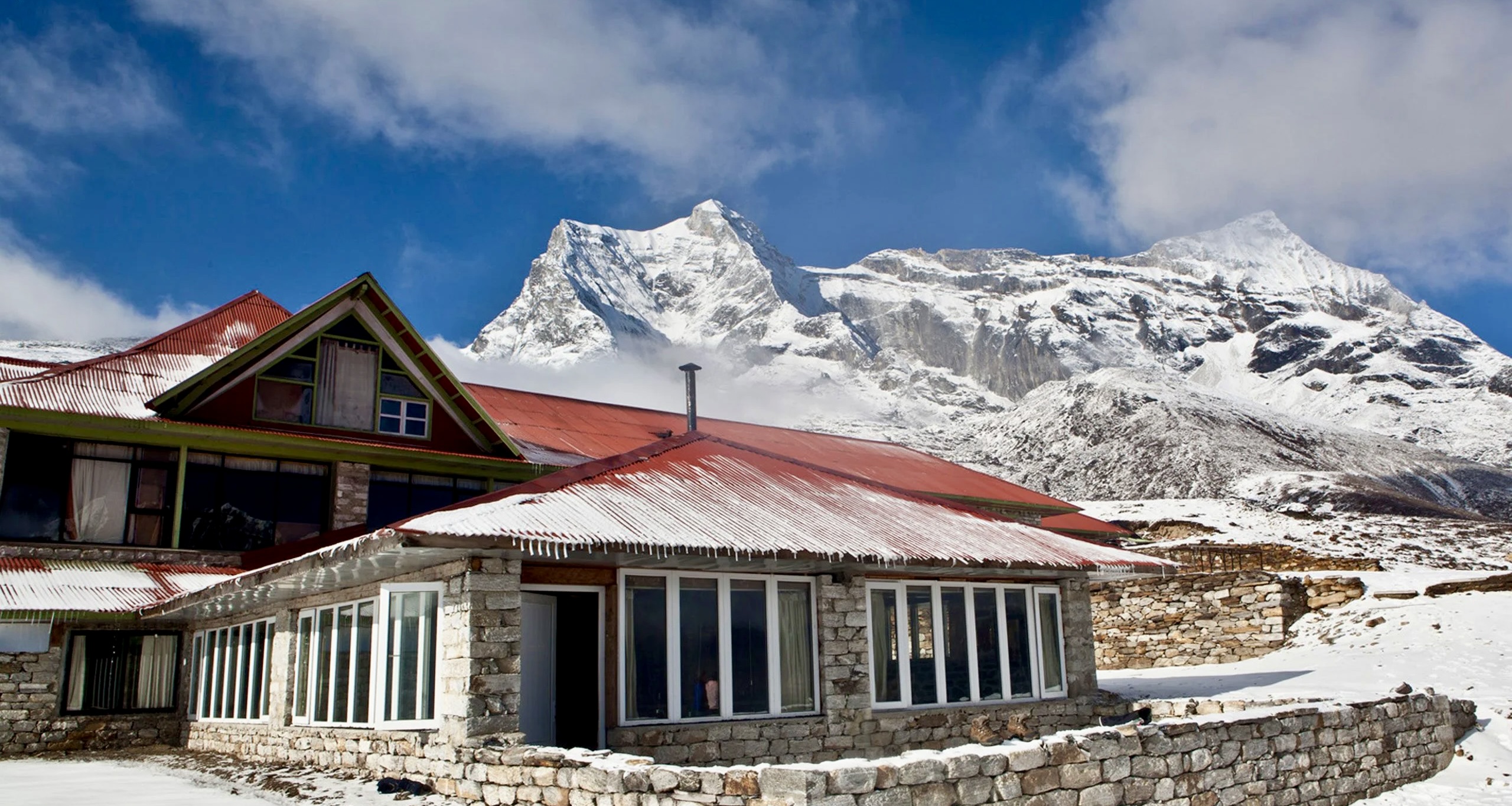
Everest Climbing Season: Witness Expedition Teams
The pre-monsoon period coincides with the main Everest climbing season, adding an exciting dimension to your trek. As you approach Base Camp, you'll encounter international expedition teams preparing for their summit attempts. This provides a unique opportunity to witness the bustling activity of climbers, their advanced equipment, and the complex logistics involved in Everest ascents. This real-time connection to mountaineering history enhances the cultural richness of your trekking experience.
Balancing Popular Routes with Luxury Accommodations
While spring brings more trekkers to the region, Luxury Holidays Nepal expertly manages crowd levels by planning strategic itineraries that avoid peak traffic times. They opt for less-traveled paths when possible and adjust schedules to ensure a more intimate experience despite the popularity of the season. The luxury lodges along the route provide a welcome sanctuary after a day of trekking, offering modern amenities, exceptional dining experiences, and personalized service that contrasts wonderfully with the rugged mountain environment.
With the pre-monsoon period offering such ideal conditions for the Everest Base Camp trek, it's easy to understand why it's the most popular choice.
However, the post-monsoon period presents its own unique advantages that many experienced trekkers and experts often prefer. Let's explore what makes autumn the expert's choice for this magnificent Himalayan adventure.
Post-Monsoon Period: The Expert's Choice
Now that we have covered the popular pre-monsoon period, let's explore why many experts consider the post-monsoon period the optimal time for the Everest Base Camp luxury trek. After the monsoon rains have subsided, the Himalayan region reveals its most stunning aspects, offering trekkers exceptional experiences.
October-November: Crisp Air and Panoramic Vistas
Autumn is considered the prime season for the Everest Base Camp trek due to its stable weather conditions. During October and November, the air is remarkably clear following the monsoon season, providing exceptional visibility of iconic peaks like Everest, Lhotse, and Ama Dablam. This period offers mild daytime temperatures averaging 10-15°C (50-59°F), creating comfortable trekking conditions. Evening temperatures at higher altitudes can drop to -5 to -10°C (23 to 14°F), but proper layering ensures comfort during these cooler nights. The crisp mountain air combined with clear skies creates perfect conditions for taking in the majestic Himalayan panoramas.
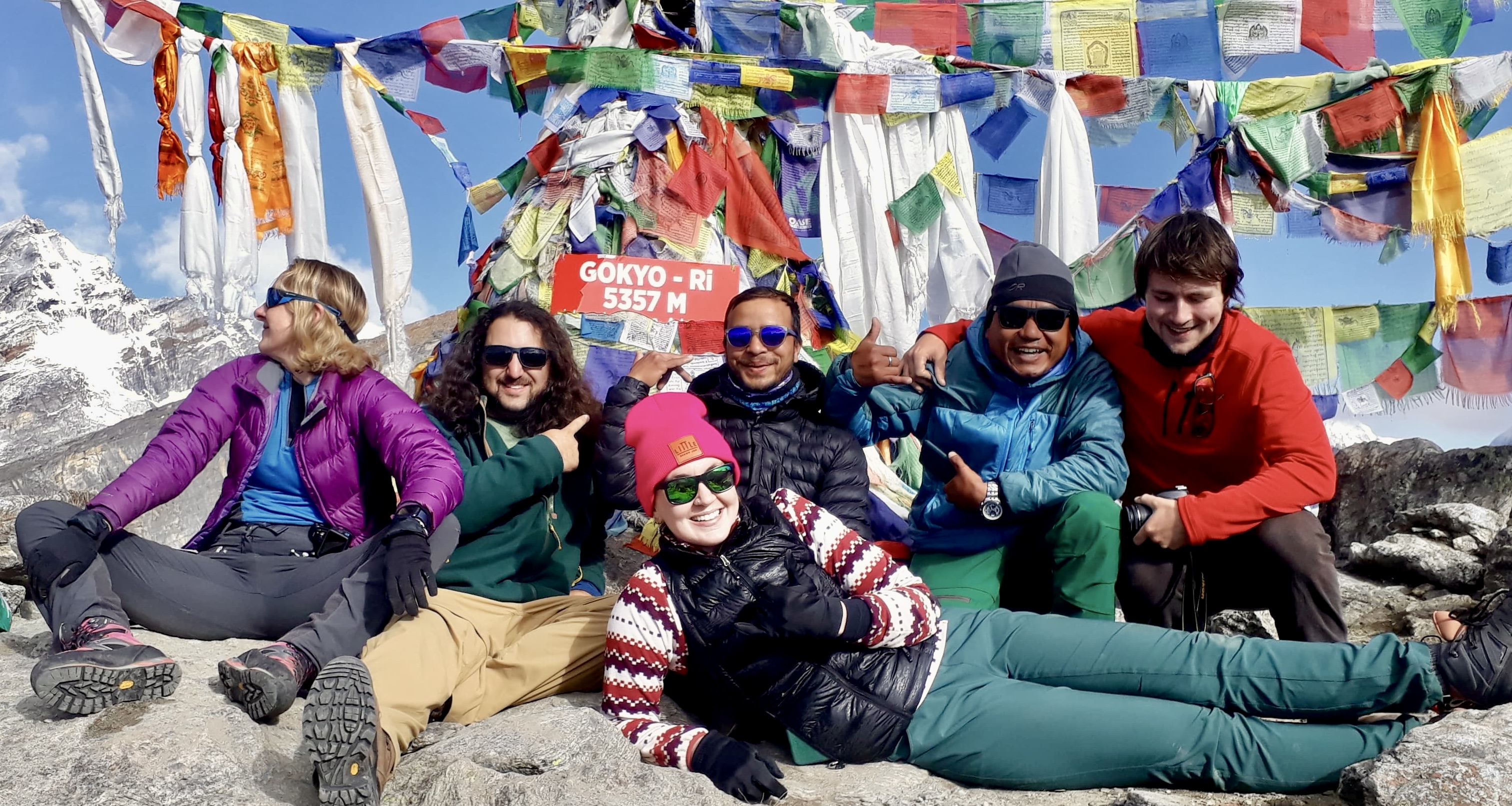
Festival Season: Cultural Immersion Opportunities
The post-monsoon period coincides with Nepal's festival season, providing trekkers with unique cultural immersion opportunities. At the Tengboche Monastery, situated at 3,867m, visitors can participate in prayer sessions and experience the vibrant Mani Rimdu Festival if their trek timing aligns with this celebration. Namche Bazaar, the gateway to Everest, offers not just amenities like bakeries and shops but also cultural sites such as the Sherpa Culture Museum where trekkers can deepen their understanding of local traditions and lifestyles.
Fewer Rain Showers and Stable Temperatures
What makes the post-monsoon period particularly appealing is the minimal rainfall and stable weather patterns. Unlike the unpredictable monsoon or harsh winter seasons, autumn offers reliable trekking conditions with significantly reduced precipitation. The trails are generally safe and free from ice, allowing for more comfortable and secure passage through the varying terrains. Temperature conditions remain relatively stable, with gradual cooling as you ascend rather than the dramatic fluctuations experienced in other seasons.
Optimal Photography Conditions for Mountain Landscapes
For photography enthusiasts, the post-monsoon period presents unmatched opportunities. The exceptional clarity of the atmosphere creates perfect conditions for capturing stunning landscapes. Trekkers can enjoy breathtaking sunrise and sunset vistas with the mountains bathed in golden light. From Kala Patthar (5,545m), one of the trek's highlights, photographers can capture panoramic views of the entire Everest region, especially magnificent during the early morning hours. The varied environments, from lush greenery in lower regions to dramatic rocky terrains at higher altitudes, provide diverse photographic subjects throughout the journey.
With these exceptional post-monsoon conditions in mind, next, we'll explore how the luxury trek experience varies through different seasons and how these seasonal factors influence the comfort and exclusivity of your Everest Base Camp adventure.
Luxury Trek Experience Through the Seasons
Now that we've explored why the post-monsoon period is favored by trekking experts, let's delve into what makes the Everest Base Camp luxury trek experience exceptional throughout the year, regardless of when you choose to embark on this adventure.
Premium Accommodations Available Year-Round
The Everest Base Camp trek offers various accommodation options, with luxury lodges standing out for discerning trekkers. Unlike standard teahouses that provide basic amenities and shared facilities, luxury lodges deliver a premium experience with spacious rooms featuring en-suite bathrooms, hot showers, and stunning Himalayan views. These establishments also offer superior dining options, excellent service, and additional amenities like Wi-Fi and electric heating, ensuring comfort regardless of the season. The Luxury Everest Base Camp Trek package includes stays at high-end accommodations like the Marriott Hotel in Kathmandu before commencing your journey, followed by heated lodges throughout the trek route, providing a consistent level of comfort in all seasons.
Seasonal Gourmet Cuisine and Local Delicacies
One of the highlights of the luxury trek experience is the exceptional dining options available throughout the year. The premium packages feature gourmet meals that change seasonally, incorporating fresh local ingredients. While standard teahouses offer basic fare, luxury accommodations provide a diverse culinary experience with professional cooking services. During your stay, you'll enjoy specially prepared meals that showcase both international cuisine and authentic Sherpa delicacies, offering a taste of local culture that varies with the seasons and available produce. This culinary journey becomes an integral part of your trekking experience, with each season bringing its own unique flavors to savor.
Personalized Itineraries Based on Seasonal Highlights
The 12-day luxury itinerary can be customized to maximize seasonal highlights along the Everest Base Camp route. Each season offers different perspectives of the Himalayan landscape, and your experienced guides will adjust daily activities to showcase the best experiences available during your trek period. The itinerary includes strategic acclimatization days in Namche and Dingboche, allowing you to safely adjust to the altitude while exploring local attractions. Daily guided treks average 6-7 hours, with afternoons dedicated to relaxation and exploration of seasonal points of interest. The program is adaptable for families and can be further customized for private groups, ensuring that your journey highlights the most spectacular seasonal features of the region.
Helicopter Options During Challenging Weather Periods
A distinctive advantage of the luxury trek experience is the inclusion of helicopter services, which provide flexibility during unpredictable weather conditions.
Your journey begins with a direct helicopter flight from Kathmandu to Lukla, eliminating the need for a lengthy drive and potential weather-related delays at the notoriously challenging Lukla airport. Additionally, the package includes a return helicopter flight from Gorekshep to Kathmandu, allowing for a comfortable and efficient departure regardless of conditions. These helicopter options ensure that your luxury trek maintains its premium quality even during challenging weather periods, providing peace of mind throughout your journey.
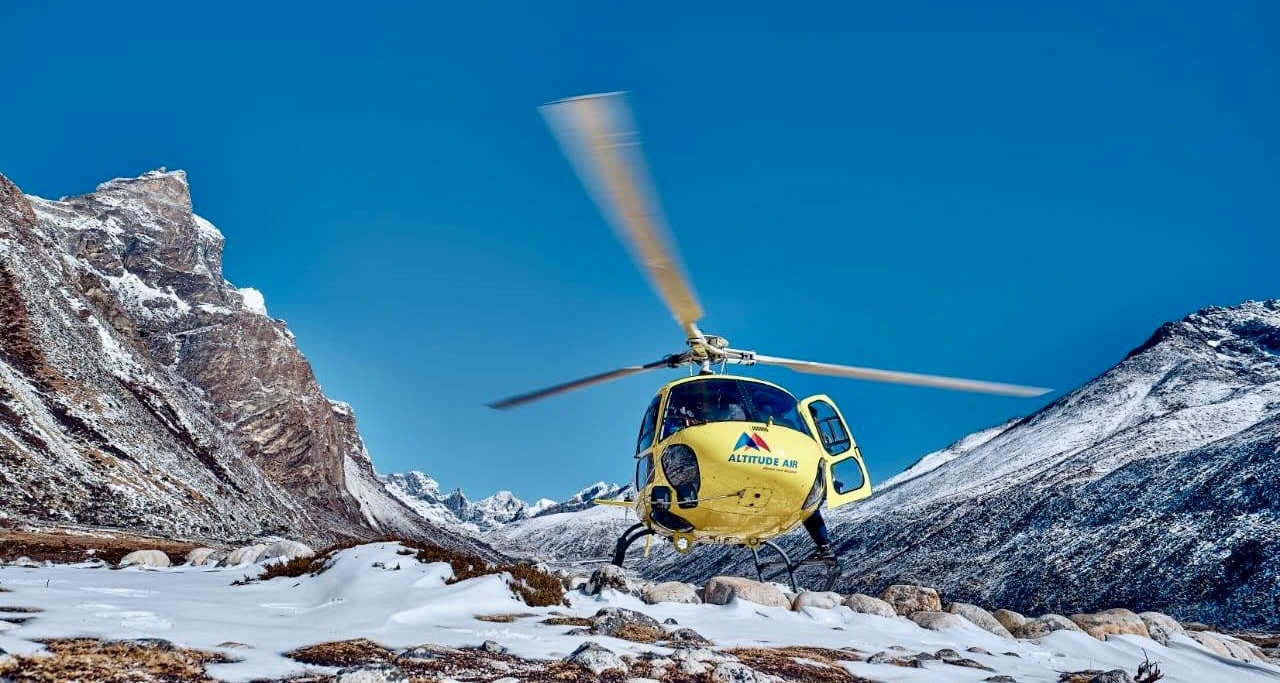
With this comprehensive understanding of how the luxury trek experience adapts to different seasons, we'll next explore the essential aspects of planning your luxury trek for maximum comfort, including timing considerations and preparation tips from seasoned experts.
Planning Your Luxury Trek for Maximum Comfort
Now that we've explored how the luxury trekking experience varies across seasons, let's focus on how to plan your adventure for maximum comfort. With our years of expertise at Luxury Holidays Nepal, we've developed strategies to ensure your Everest Base Camp trek exceeds expectations regardless of when you choose to travel.
Booking Windows for Peak and Off-Peak Seasons
We recommend securing your luxury trek at least 4-6 months in advance for peak seasons (spring and autumn). These popular periods fill quickly as trekkers seek the clear skies and moderate temperatures that characterize March to May and September to November. For off-peak seasons, a 2-3 month advance booking is typically sufficient, though earlier reservations still ensure you'll have access to the best luxury accommodations along the route.
Personalized Gear Recommendations by Season
Our experience has taught us that appropriate gear varies significantly by season:
- Spring (March-May): We suggest layering with moisture-wicking clothing that can adapt to daily temperature fluctuations. Lightweight, waterproof outer layers are essential for occasional showers.
- Autumn (September-November): Nights grow colder, so we provide enhanced sleeping arrangements and recommend thermal base layers.
For all seasons, we emphasize high-quality trekking boots, UV-protective eyewear, and personal items suited to high-altitude environments.
Health Considerations Across Different Weather Conditions
Throughout our luxury treks, we implement strategic acclimatization days to mitigate altitude sickness risks. Our guides conduct regular health checks and carry oxygen supplies for emergencies. We emphasize proper hydration and nutrition regardless of season, though we take extra precautions during colder periods when dehydration risks are less obvious but equally dangerous.
Exclusive Experiences Only Available in Certain Seasons
Some of our most memorable offerings are season-specific:
- Spring brings rhododendron blooms that transform hillsides into vibrant displays
- Autumn offers the clearest mountain views and unique cultural festivals
- Less crowded periods allow for more personalized experiences at monasteries and extended visits with local Sherpa communities
Combining Your Trek with Other Nepali Destinations
We excel at creating multi-destination itineraries that maximize your journey:
- Pre-trek exploration of UNESCO World Heritage sites in Kathmandu
- Post-trek relaxation at luxury accommodations after your achievement
- Seamless connections to other iconic Nepali experiences like Chitwan National Park or Pokhara
Our helicopter transfers between destinations eliminate logistical challenges and maximize your comfort while minimizing travel time.

With this comprehensive planning approach, we ensure your luxury trek delivers exceptional comfort and memorable experiences. Next, we'll share expert insights directly from our experienced team at Luxury Holidays Nepal to further enhance your understanding of what makes our treks truly special.
Expert Insights from Luxury Holidays Nepal
Now that we've explored how to plan your luxury trek for maximum comfort, we'd like to share our specialized knowledge as Nepal's premier luxury trekking provider. At Luxury Holidays Nepal, we've spent years perfecting the art of combining adventure with opulence in the Everest region.
Guide to Seasonal Pricing and Value Periods
We've carefully structured our pricing to reflect the unique characteristics of each season. The pre-monsoon (spring) period typically commands premium rates due to its popularity and optimal conditions. However, we offer exceptional value during the post-monsoon months, particularly in late October and November, when conditions remain excellent but demand begins to taper. For the 2025/26 season, we've created exclusive deals on several of our luxury Everest Base Camp packages, with early booking incentives for those who secure their adventure well in advance.
Customized Itineraries for Different Weather Windows
Our team specializes in crafting bespoke itineraries that align perfectly with seasonal weather patterns. During spring's stable conditions, we can offer more flexible scheduling and extended acclimatization days at scenic viewpoints. For post-monsoon treks, we meticulously design routes that capitalize on the crystal-clear mountain visibility while incorporating contingency days. Our signature Everest Sherpa Heritage Trail can be adapted to any season, with specialized modifications that enhance your experience whether you're trekking in March or November.

Access to Cultural Sites and Monasteries
One distinctive advantage of traveling with us is our established relationships with local monasteries and cultural sites throughout the Khumbu region. We arrange private audiences with Buddhist Lamas and exclusive monastery visits that aren't available to standard trekking groups. These cultural experiences are thoughtfully integrated into our luxury treks, with special access varying by season - particularly around important Buddhist festivals and ceremonies.
Special Seasonal Packages and Exclusive Offerings
We pride ourselves on creating extraordinary seasonal experiences that go beyond the standard trek. Our spring packages often include helicopter transfers to bypass busy trail sections, while our autumn offerings might feature exclusive wellness retreats at boutique mountain lodges. For upcoming season, we've developed a range of five-star accommodations throughout the trekking route, ensuring indulgent comfort regardless of when you choose to trek. Our most exclusive offering combines the Everest Base Camp trek with traditional Sherpa cultural immersion experiences, available with special enhancements during less crowded periods.
Through our handpicked itineraries and meticulous attention to detail, we ensure that your Everest Base Camp luxury trek delivers an unparalleled experience, regardless of when you choose to embark on this magnificent adventure.
Choosing the right time for your Everest Base Camp luxury trek can significantly enhance your experience in the Himalayas. Whether you opt for the vibrant, blooming landscapes of the pre-monsoon period or the crystal-clear mountain views of the post-monsoon season, each offers unique advantages for luxury trekkers. The key is aligning your preferences with the seasonal characteristics while ensuring you have the proper preparation and support.

We at Luxury Holidays Nepal are committed to creating unforgettable Everest journeys tailored to your comfort and satisfaction. Our experienced guides, premium accommodations, and personalized itineraries ensure that your trek to the base of the world's highest mountain exceeds expectations, regardless of when you choose to visit. Contact us today to plan your luxury Everest Base Camp adventure during the optimal season for your preferences, and let us transform your Himalayan dreams into reality.




